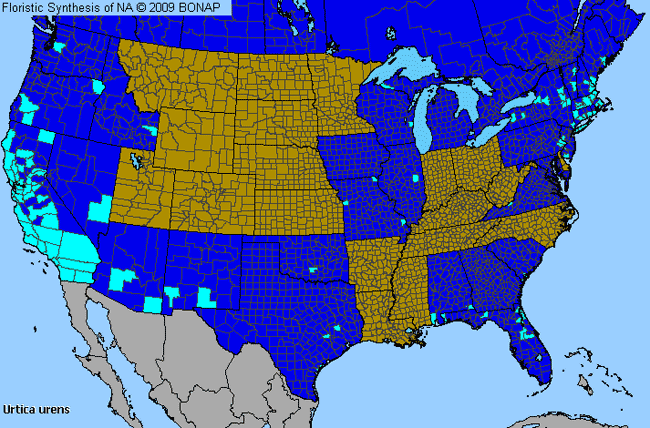Burning Nettle (Urtica urens)

Burning Nettle Species Description

These plants are from foreign areas (those that occur outside of North America north of Mexico) that have been released intentionally or unintentionally. Plants that have been disseminated or escaped as a result of human activity, and become established somewhere within the United States, Canada or Greenland.
Allergenicity: Burning Nettle (Urtica urens) is a moderate allergen.
Pollination: Occurs in following seasons depending on latitude and elevation: all year long.
Angiosperm - Flowering Dicot: Plants in this group have two embryonic leaves (dicotyledons). Examples of dicotyledons are beans, buttercups, oaks, sunflowers, etc.
Forb: A broad-leaved herb other than a grass, especially one growing in a field, prairie, or meadow.
Weed: Any plant growing in cultivated ground to the injury of the crop or desired vegetation, or to the disfigurement of the place; an unsightly, useless, or injurious plant.
Annual: Plants in which the entire life cycle is completed within one growing season.
Herbaceous Stem: Not woody, lacking lignified tissues.
Burning Nettle Species Usage

Pharmacological: Used in medicine or pharmacological research.
Dye: Used as a colored dye.
Related Links

More Burning Nettle (Urtica urens) imagesby Jessie M. Harris from BONAP










